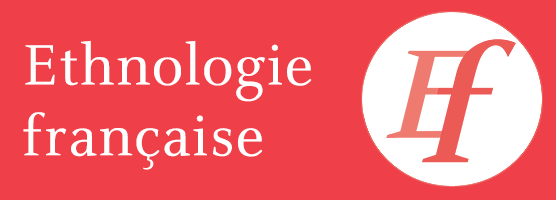Boundary objects of Communism. Assembling the Soviet past in Lithuanian museums
In this article I argue that the organization theory perspective of boundary objects can usefully enrich the studies of the presentations of the Soviet past in museums. I draw on Susan Lei Star’s and James R. Griesemer’s concept of boundary object to show how different objects and material structures are attributed to the Communist era, assembled as cultural heritage and translated between different fields of professional expertise and institutional politics. Focusing on three cases of museums in Lithuania, I show that the museum expositions about the Soviet past should not be understood as a result of a linear, top-down dissemination of the official views endorsed by the governing elites. In contrast, I propose that these museums are better understood as sites that host many different social processes, where different groups compete over the management of boundaries of the relics of the Soviet past.
Keywords
- Communism
- museums
- nationalism
- boundary objects
- Lithuania
